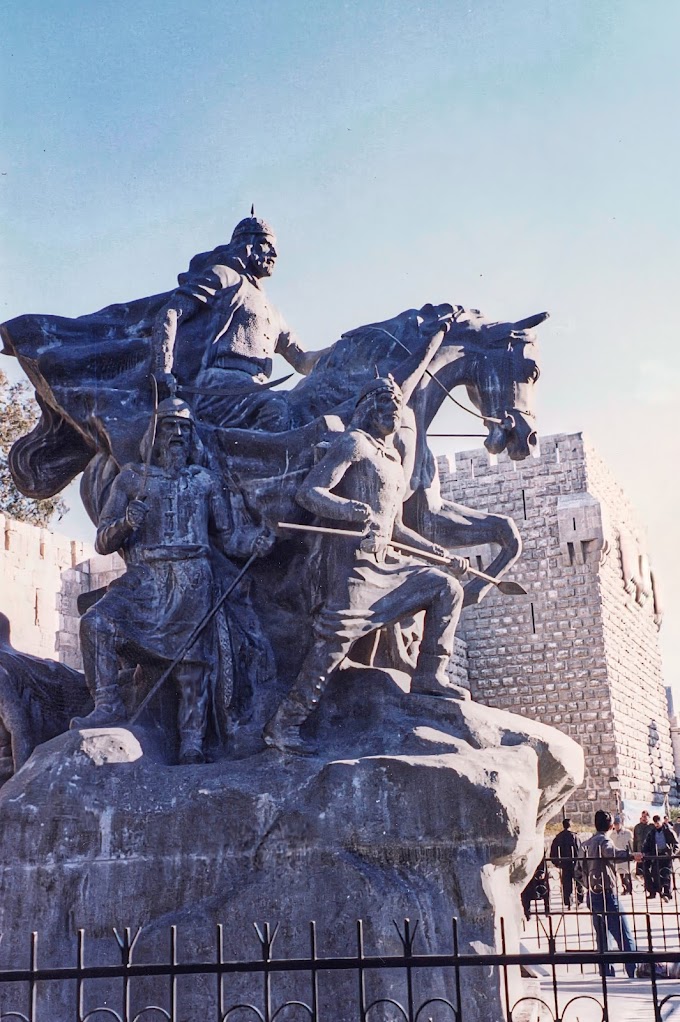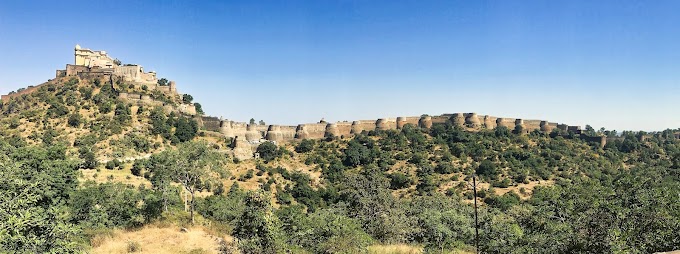Chapter 8: Evacuation Malaysia
Kuala Lumpur
Once again, I felt like the tallest person in a country. But for once, I was not the skinniest either. Southeast Asians have a way of making 6’4” feel like 6’10”.
As exciting as it was to be in KL, we were still in-between two worlds. Classes at LAS were continuing and we spent the afternoons prepping and sending back lesson plans, assignments, and tests. The mornings and evenings were spent exploring the city.
The LAS School Board held a timely meeting. There was no decision about our expected return date of October 22. We also got word that the school was experiencing financial difficulty.
Enrolment was down and some parents were not paying tuition. These difficulties had the board thinking about enforcing a “clause majeure,” where the school would eliminate positions.
The teaching positions that were in danger were not made public. Our Director had the unfortunate role of sending out warnings to those who probably would not be returning. We did not get a “warning.”
Since the insurance was good for three months, the school was covered until December 31st before they had to pay our salaries. We just did not know what was going to happen. It all depended upon the political situation. We had lots of questions, but few answers.
We did know that we liked Kuala Lumpur. The city of three million was clean and modern. People of all ethnicities and religions mingled on the crowded streets. No one seemed to care about religion or ethnicity - but that could have been just on the surface. One of the lessons of an expat life is that a tourist’s view of a city and a resident’s view of the city are often very different.
“KL” or Kuala Lumpur is a dichotomy; between the buildings of glass and steel hang ducks, featherless and baked brown, by their necks in little shops. Mosques sit next to shopping centres. Traditional meets the new millennium.
We toured the Batu Caves, a series of limestone caves in a mountain just north of the city. Past the world’s largest statue of Murugan and up 272 stairs lies Temple Cave. Inside the limestone caverns lie ornate Hindu shrines and statues.
Every February, the local macaque monkey troop watch as sixty thousand Malay pilgrims arrive the for the ceremony of Thaipusam. This ceremony observes the time when Parvati gave a spear to Murugan so he could kill Soorapadman, an evil demon.
This ceremony is seen as an opportunity to help your financial, personal, or medical problems. To prepare, you must purify yourself for a month before Thaipusam Day. That means no alcohol, sex, cigarettes, or meat for one month. Once purified, you are ready to go into a meditative trance.
We viewed the city from the Petronas Towers and shopped at the mall laying at its’ feet. The towers were the tallest buildings in the world at the time.
We took a half day tour of the city. Amin, our guide, showed us a traditional Malay village in the suburbs.
Amin also showed us how rubber is “harvested” directly from the bark of a tree. Typically, Indians work on the rubber plantations with the women collecting the rubber. The women have a special knife that they use to scrape the bark. After one swipe, white latex starts running down the tree. One cup of latex is collected for each incision made. They make one incision per tree per day so as not to drain the tree. They use the rubber from young trees to make airplane tires. Shoe rubber can be made from older trees. All of this must be done before sunrise for the latex dries out quickly in the sun.
Amin then took us to a pewter factory. They showed us how they mine the tin and how they make objects out of pewter. Pewter is 97% tin and 3% antimony and copper.
Our next stop was a shop where they make batik. The batik artist melts paraffin wax and makes a pattern on silk or cotton. They then paint the rest of the cloth with different colours. When the paint has dried, they remove the wax leaving an outline around the colours.
The next morning found us in the National Museum, which had displays of Malay culture. At one point in their history, they would take the young men and circumcise them with a sea shell. The young men would heal in a special building. Afterwards, the men rode an elephant through the village with cheering crowds celebrating their lack of foreskin.
The next day, Dana woke up with the flu. This was not some ordinary flu but one that knocked her out for several days. It was thee most vile flu I have ever seen anyone suffer through.
During the day, I would venture forth for crackers and juice, which was all she could keep down.
One afternoon, I went to an Internet cafe to email everyone back home and let them know of what we were up to and check sports news.
As I left the cafe, a man approached me.
“You want girl?” he asked.
“Pardon me,” I said.
“You want girl?” he asked again. He looked perplexed that I did not understand the initial question.
“For what?” I asked.
Then it hit me. He was offering me a prostitute. I’m slow.
“Ahhhh. No…thank you, though,” I replied.
He went on his way and I went to buy some juice and crackers for Dana.
The clerk at the convenience store was covered so I threw out a “salam aliekum” at her when I went to pay for the items.
“Are you Muslim,” she asked shocked.
“No, just saying ‘hi’ and being friendly,” I replied.
Even in a diverse city such as KL, a small gesture such as a greeting could still shock someone. I felt like an ambassador of peace and goodwill.
October 22
We flew back to Bangkok for two days before finally departing for Regina via Taipei and Vancouver.
Our new Canadian routine was much the same but with temperatures around −30 Celsius rather than the +30 Celsius that we had grown accustomed to in Asia. Plus, we lived in our parent’s basements instead of hotels.
We continued with sending work back to our substitute teachers at LAS. We hoped and prayed that our students were safe and doing well. We missed them.






0 Comments